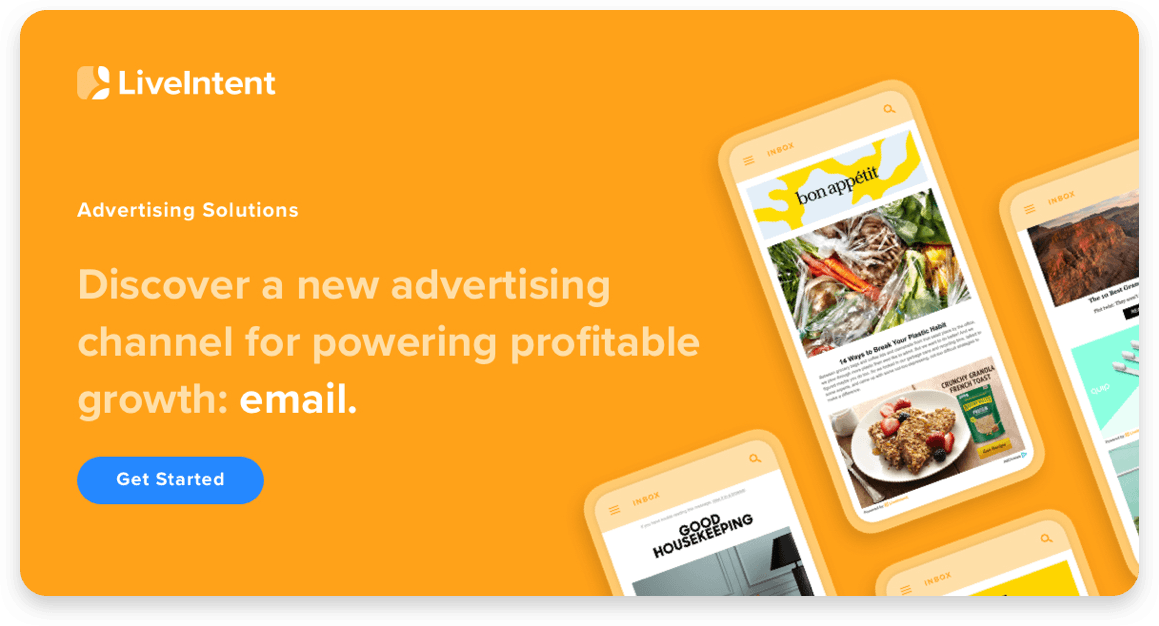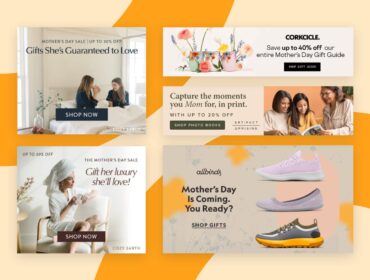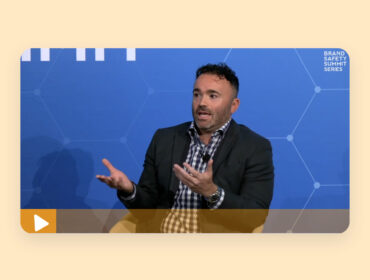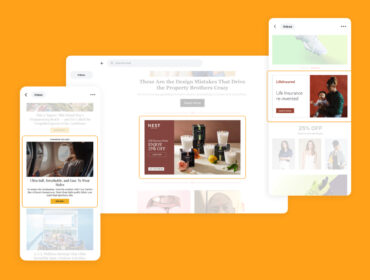Facebook Ads Too Expensive? Here’s How To Protect Your Digital Advertising Strategy
Facebook is the king of social media – and social media advertising. The site now makes up nearly one-quarter of digital ad spend in the United States.
But despite Facebook advertising’s popularity, the costs to market a business on the platform have been steadily rising over time thanks to an increase in demand on the platform and changes to the platform. For instance, in January of 2018, Facebook updated its news feed algorithm, which resulted in a reduction in the number of advertising impressions available on the site. This led to a 122% increase year-over-year that month for the average cost per 1,000 ad impressions.
Video: Why is Facebook Advertising Getting so Expensive?
While Facebook was trying to address privacy concerns and improve user experience, this change had a negative impact on growth marketers and their campaigns. That update, coupled with a plateau in the amount of users the platform boasts, has marketers looking into other options for promoting their companies and brands.
Sure, Facebook advertising is still effective in reaching targeted audiences and won’t go away anytime soon. But in the name of not putting all your eggs in one basket, it’s always a good idea to try other platforms and methods of reaching your core demographics.
Here’s how you can do just that.
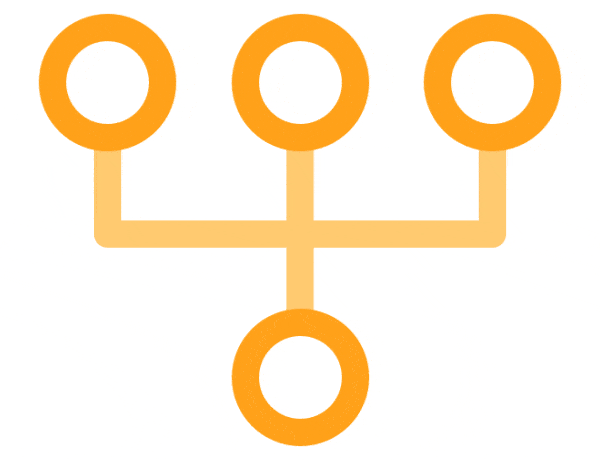
Diversify Where You Advertise.
Growth marketers are all about engaging customers at every stage of the funnel. While Facebook may be effective for that first stage, what about the subsequent stages? Or what if potential customers breeze past the ads on their news feeds and never make it to the second stage? That’s why you need to diversify where you choose to advertise.
Some other options include Google, such as PPC ads on the search network, Google Display Network ads on websites, and video ads on YouTube. There’s also Twitter, which has 330 million monthly active users both B2C and B2B. Programmatic email advertising should also be a core part of your overall strategy, as it is a 100% logged-in environment that has an enormous and active user-base. Do your research and see which platforms your audiences are using the most, and then choose several to advertise on, as opposed to just Facebook.
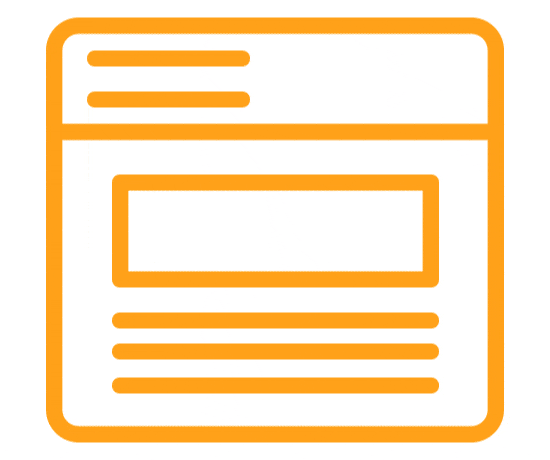
Use Native Advertising
Native advertising involves sponsoring content and placing ads within content on publishers’ sites. It came about as users started implementing banner ad blockers or otherwise ignoring banner ads. This year, native advertising is expected to make up 61% of all display advertising, and spend is predicted to reach $41.1 billion.
Native advertising is effective because it allows you to reach your audiences where they’re already spending their time. What’s more, the native ads are related to the content the audience is seeing anyway – for example, a women’s website may have an article about skincare sponsored by Aveeno. The content is usually good, and, if done right, customers don’t even notice the difference between publisher and native advertising content. Native ads don’t disrupt their experiences at all, like a traditional ad might, guaranteeing a better relationship with a brand overall.
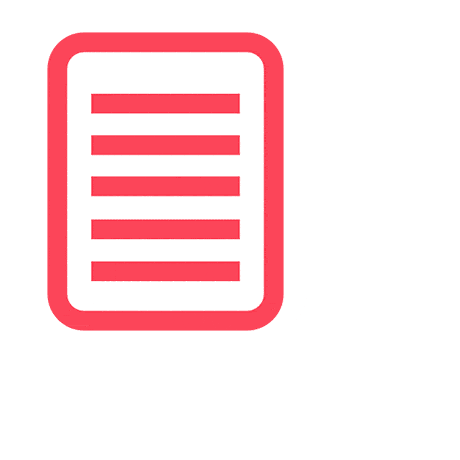
Invest in Content Marketing and Email Marketing
Content marketing has become a critical part of growth marketers’ strategies over the past few years. By 2021, the content marketing industry is predicted to be worth $412.88 billion. Adding this kind of marketing into the mix – through original blogs, videos, infographics, case studies, ebooks, white papers, and checklists – is critical in order to succeed and stand out amongst the competition.
Email marketing, which can include both email offers for products and content-driven emails, needs to be part of a growth-marketing strategy as well. Email marketing has the strongest ROI – for every $1 a growth marketer spends, email will generate a whopping $38 in return – and it has the power to connect brands and companies directly to their audiences. Since audiences opt into emails and can easily opt out, they have power over the marketing messages they see. Again, this results in a better, non-disruptive experience.

Getting Started with a New Growth Marketing Strategy
Though Facebook is no longer able to offer the low prices and amazing results that it used to, you should still include Facebook advertising in your campaigns. But in the long run, you’ll be much better off with a holistic, diversified approach to promotion.
Learn more about how LiveIntent can help diversify and scale your digital advertising strategy into a channel that offers the same benefits, features and functionality: Email. Learn more on our Advertising Solutions page.
